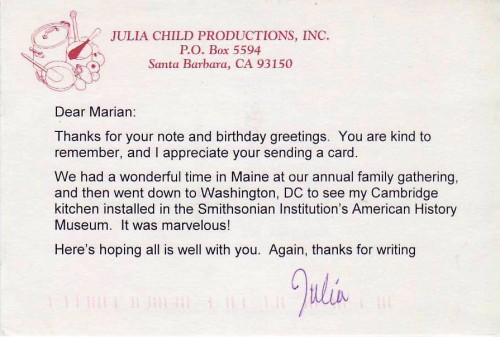I can’t resist dealing with the questions just asked by Elliot and Johannes. From Elliot:
A meta-analysis of prospective epidemiologic studies showed that there is no significant evidence for concluding that dietary saturated fat is associated with an increased risk of coronary heart disease or cardiovascular disease (see: American Journal of Clinical Nutrition, January 13, 2010)…[but] in his book, Good Calories Bad Calories, Gary Taubes clearly attributes most of our chronic disease problems — including heart disease — to carbohydrates (see page 454). In contrast, Colin Campbell in his book The China Study (pages 113-133) forcefully argues that animal proteins contribute to CVD. Yet, Dr. David Katz in his book Nutrition in Clinical Practice (pages 130, 133) asserts that to prevent heart disease, “saturated and trans fat should be restricted to below 7% (or even 5%) of total calories . . . .” Who’s right? We badly need your unbiased wisdom on this topic.
Joannes says that according to the Weston A Price Foundation,
it seems as if (naturally-occurring) saturated fats are almost better for you than the unsaturated fats we get fed these days, which mainly consist of rancid oils which more than anything contribute to heart disease, whereas many saturated fats are actually quite beneficial.
OK. Here’s my “unbiased wisdom” (if such a thing exists). I like to ask: What do saturated fats, sugars, and animal proteins have in common as factors in the development of heart disease? Answer: They are all single nutrients.
Recall that nutrition research is difficult to do because diets contain many foods, foods contain many nutrients and other chemicals that affect health, and other behavioral, socioeconomic, and genetic factors influence heart disease. Studies of single nutrients take these chemicals out of their food, dietary, caloric, and lifestyle contexts and are, therefore, reductive.
Such studies tend to produce ambiguous results that demonstrate small differences, if any. Small differences create situations ripe for interpretation. Interpretation depends on the viewpoint of the interpreter. That is why it helps to know who is doing the interpreting and who sponsored the studies.
Short of that, you would have to read every study cited by these authors and come to your own decision about how to interpret them – a daunting task.
My approach to conflicting research? I look for points of agreement. The authors cited here do not disagree about the basic principles of healthful diets: variety in food intake, moderation in calories, largely plant-based (although not necessarily exclusively), and minimally processed. Eat according to those principles and you do not have to worry about nutritional details.
All of that boils down to the advice I propose in What to Eat: eat less, move more, eat plenty of fruits and vegetables, and don’t eat too much junk food.
Let the scientists and their interpreters fight it out over single nutrients. Eat food and enjoy your dinner.




